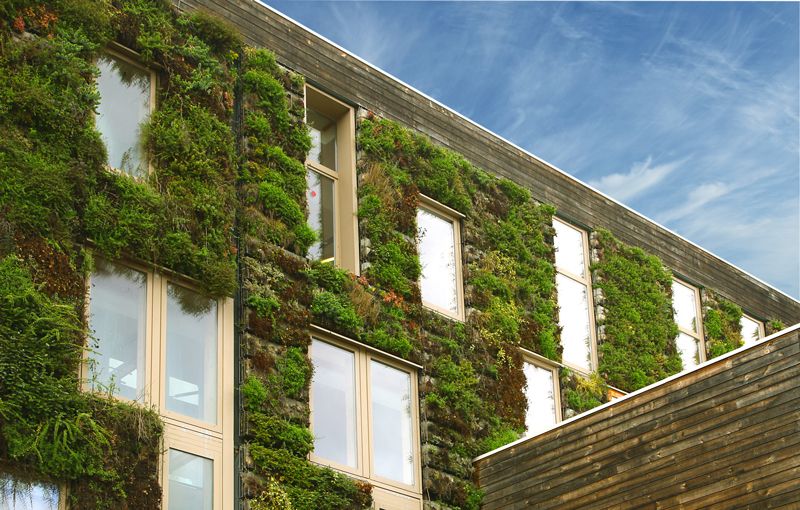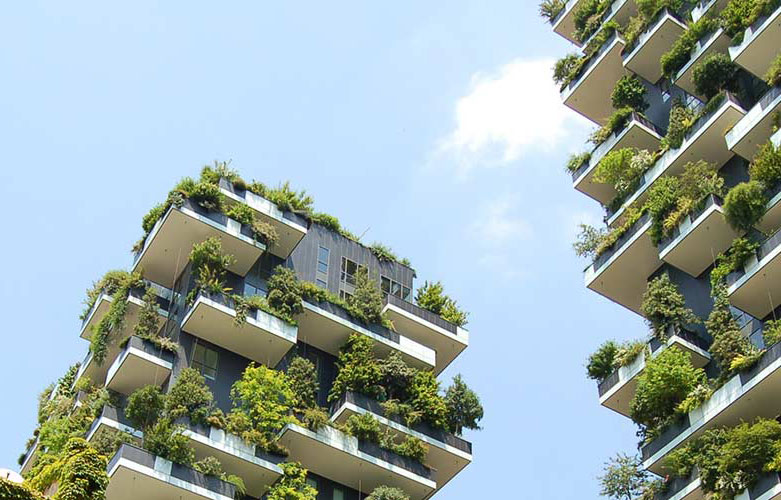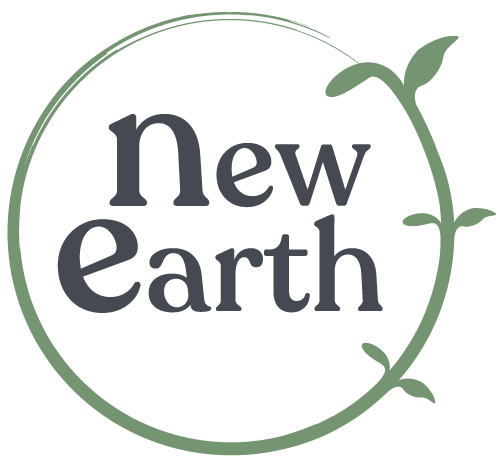Biophilic design is incorporating nature back into our built environment, designing natural and restorative places that connect humans to their surroundings. It is a representation of how we used to live before the industrial, agricultural and technological revolutions. Biophilic designed buildings consciously include nature in interior and architectural designs. We incorporate natural lighting, passive ventilation, green walls and roofs, promoting the regeneration of our natural ecology and creating a more productive, calming and healthy environment for our future.
Indoor plants have scientific studies that show increased levels of productivity, inspire creativity, encourage a faster recovery from illness, reduce anxiety and stress and can improve one’s self esteem. The connection between plants and people can create space for us to slow down and re-connect, promoting all round well-being for our mind body and spirit.


The human brain responds functionally to sensory patterns emanating from our natural environment. Fractal patterns have been proven to have a positive affect to our brains neural activity and parasympathetic nervous system. Our minds and bodies have a resentence for flowing water – our bodies are made up of 80% water. The presence of flowing water to space have several health benefits, the restoration of memory, lowering blood pressure and heart rate.
There has been a steep curve in our evolution over the past 1000 years and with our population growth increasing significantly every year, we need to start implementing biophillic designs into our urban communities and cities. Having immense environmental, social and economical benefits, promoting.
- Water management
- Climate change
- Biodiversity
- Air quality – indoors and outdoors
- Air pollution/phytoremediation
- Reduced energy consumption
- Carbon reduction
- Contributes to sustainability, resilience and environmental concerns.
- Enhancing densification, walkability and revitalisation of cities
- Stress reduction and stress recovery
- Increased well-being
- Increased community engagement
- Decreased violence and crime
- Increased productivity and cognition
- Increased property value
- Extended building life
- Future proof buildings
- Increased livability – enabling higher density and decreased footprint
- Decreased water management costs
- Higher quality tenants and retention
- Increased worker productivity and cognition, employee attraction and retention

